Some clients have asked us “what is a certificate of conformity” over the years, and…

What is the “AQL” (Acceptance Quality Limit) in simple terms? –new design
BY RENAUD ANJORAN
AQL’ stands for ‘Acceptance Quality Limit’, and is defined as the “quality level that is the worst tolerable” in ISO 2859-1. It represents the maximum number of defective units, beyond which a batch is rejected. Importers usually set different AQLs for critical, major, and minor defects. Most Asian exporters are familiar with this type of setting.
For example: “AQL is 1.5%” means “I want no more than 1.5% defective items in the whole order quantity, on average over several production runs with that supplier”.
The “AQL Tables”
The “AQL tables” are statistical tools at the disposal of buyinspection levelers (for product inspections). They are an industry standard. Most suppliers involved in international trade are familiar with it.
They help determine two key elements:
- How many samples should be picked and inspected, among a batch of product or parts?
- Where is the limit between acceptability and refusal, when it comes to defective products?
(If you’d like to see how to use AQL tables, scroll down to the section “Getting familiar with the AQL tables” below.)
The need for an objective measurement of quality
In certain product categories, there will be defective products in virtually every production batch. It is often true even after the manufacturer has checked each individual product and has repaired the defective ones, since visual inspection is not 100% reliable.
Therefore, in many supplier/buyer relationships (particularly when the application does not result in life or death outcomes), the supplier is not expected to deliver defect-free goods. The buyer needs to control the quality of purchased goods, since he does not want too many defects. But what does “too many” mean?
How to set the limit between acceptability and refusal in a way that can be agreed upon and measured? This is what the AQL comes into play.
What is the AQL?
As I wrote above, the ‘AQL’ is the “quality level that is the worst tolerable” on average over a period covering a number of batches.
In practice, three types of defects are often distinguished. For most consumer goods, the limits are:
- 0% for critical defects (totally unacceptable: a user might get harmed, or regulations are not respected).
- 2.5% for major defects (these products would usually not be considered acceptable by the end user).
- 4.0% for minor defects (there is some departure from specifications, but most users would not mind it).
These proportions vary in function of the product and its market. Components used in building an airplane are subject to much lower AQL limits.
Note that this tool is used mostly during final outgoing inspections (when the products are ready to be shipped out), and sometimes during production (when the number of products is sufficient to have an idea of the batch’s average quality).
Getting familiar with the “AQL tables”, sometimes called “ANSI tables”
(Note: you can watch this in video form on Youtube by clicking here.)
Before using the AQL tables, you should know three parameters:
The ‘lot size’
If you ordered different products, consider each product as a separate lot. (The quantity of each product is the lot size). If you ordered only one product, the lot size is the total batch quantity.
The inspection level
Different inspection levels will command different numbers of samples to inspect. In this article, we will stick to the so-called “level II” under “normal severity” and to single sampling plans.
The AQL limits
The AQL limits appropriate for your market. If your customers accept very few defects, you might want to set a lower AQL for both major and minor defects.
Some specialized quality inspection software will show all the numbers automatically, but it is good to understand how to read the tables.
There are basically two tables. The first one tells you which ‘code letter’ to use. Then, the code letter will give you the sample size and the maximum numbers of defects that can be accepted.
First table: sample size code letters
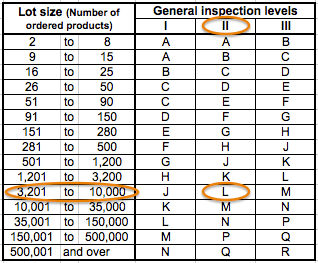
How to read this table?
If you follow my example, I assume your ‘lot size’ is comprised between 3,201 pcs and 10,000 pcs, and that your inspection level is ‘II’. Consequently, the code letter is “L”.
If you follow my example, I assume your ‘lot size’ is comprised between 3,201 pcs and 10,000 pcs, and that your inspection level is ‘II’. Consequently, the code letter is “L”.
Second table: single sampling plans for level II inspection (normal severity)
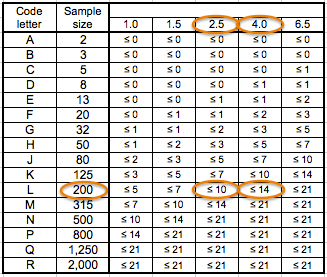
How to read this table?
our code letter is “L”, so you will have to draw 200 pcs randomly from the total lot size.Besides, I assume you have set your AQL at 2.5% for major defects and 4.0% for minor defects. Therefore, here are the limits: the products are accepted if NO MORE than 10 products with major defects AND NO MORE than 14 products with minor defects are found.For example, if you find 15 products with major defects and 12 products with minor defects, the products are refused. If you find 3 with major defects and 7 with minor defects, they are accepted.
our code letter is “L”, so you will have to draw 200 pcs randomly from the total lot size.Besides, I assume you have set your AQL at 2.5% for major defects and 4.0% for minor defects. Therefore, here are the limits: the products are accepted if NO MORE than 10 products with major defects AND NO MORE than 14 products with minor defects are found.For example, if you find 15 products with major defects and 12 products with minor defects, the products are refused. If you find 3 with major defects and 7 with minor defects, they are accepted.
Note: in quality inspections, the number of defective products is only one of the criteria. It is sometimes called “quality”, or “quality findings”. The other criteria are usually on the inspector’s checklist, which typically includes:
- Packaging conformity (barcodes, inner packing, cartons, shipping marks…).
- Product conformity (aspect, workmanship…). If all the products are in red color instead of orange, there is no need to count each sample as a defect. It makes more sense to refuse for product conformity.
- Specific tests defined in the inspection checklist (they might not be performed on all inspected samples if they are time-consuming or destructive).
Special case: the AQL in the Codex standard stan233 (food products)
There is another widely-used standard for food products. It calls for taking a much smaller sample (which make sense since opening a food product’s packaging means destroying it).
The general approach is the same, from what I saw, with some differences (e.g. the tables are different depending on the net weight of a unit of product).
Frequently Asked Questions about AQL
From: qualityinspection
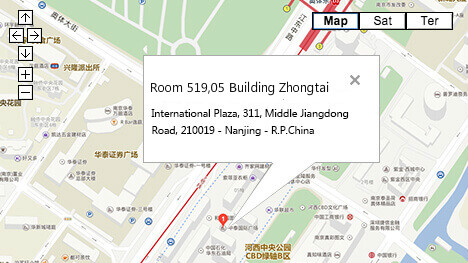
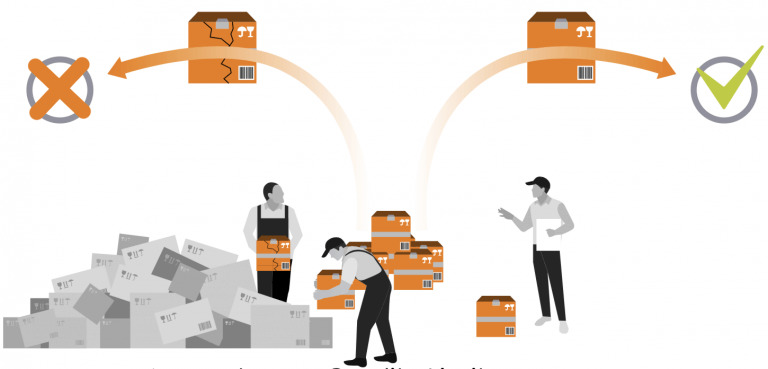

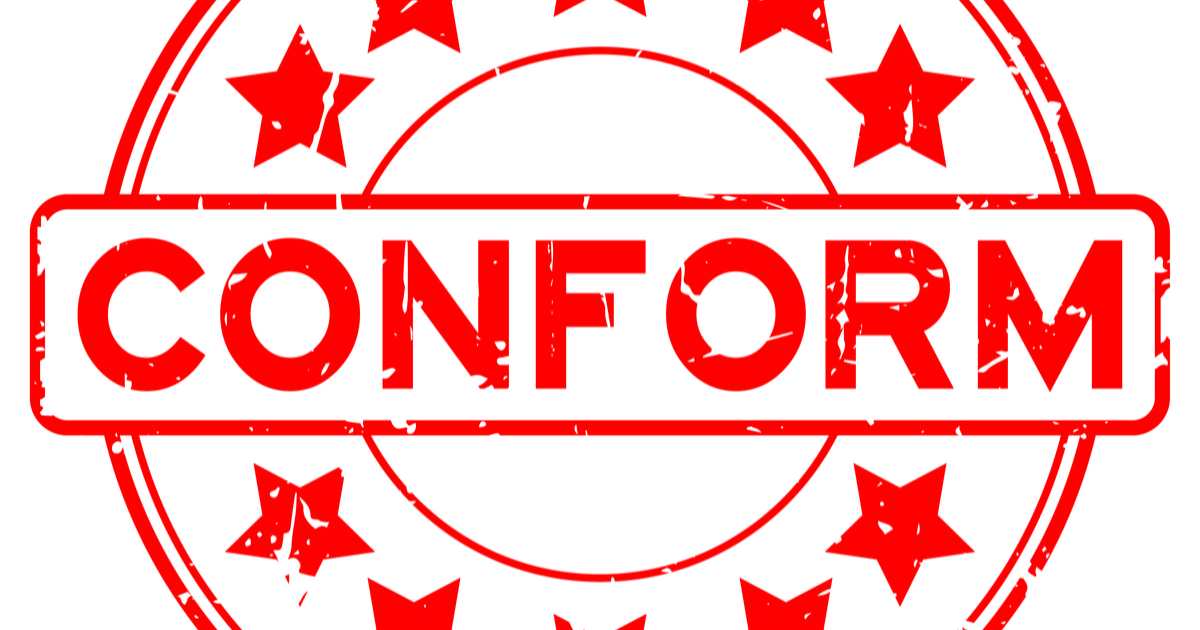

This Post Has 0 Comments